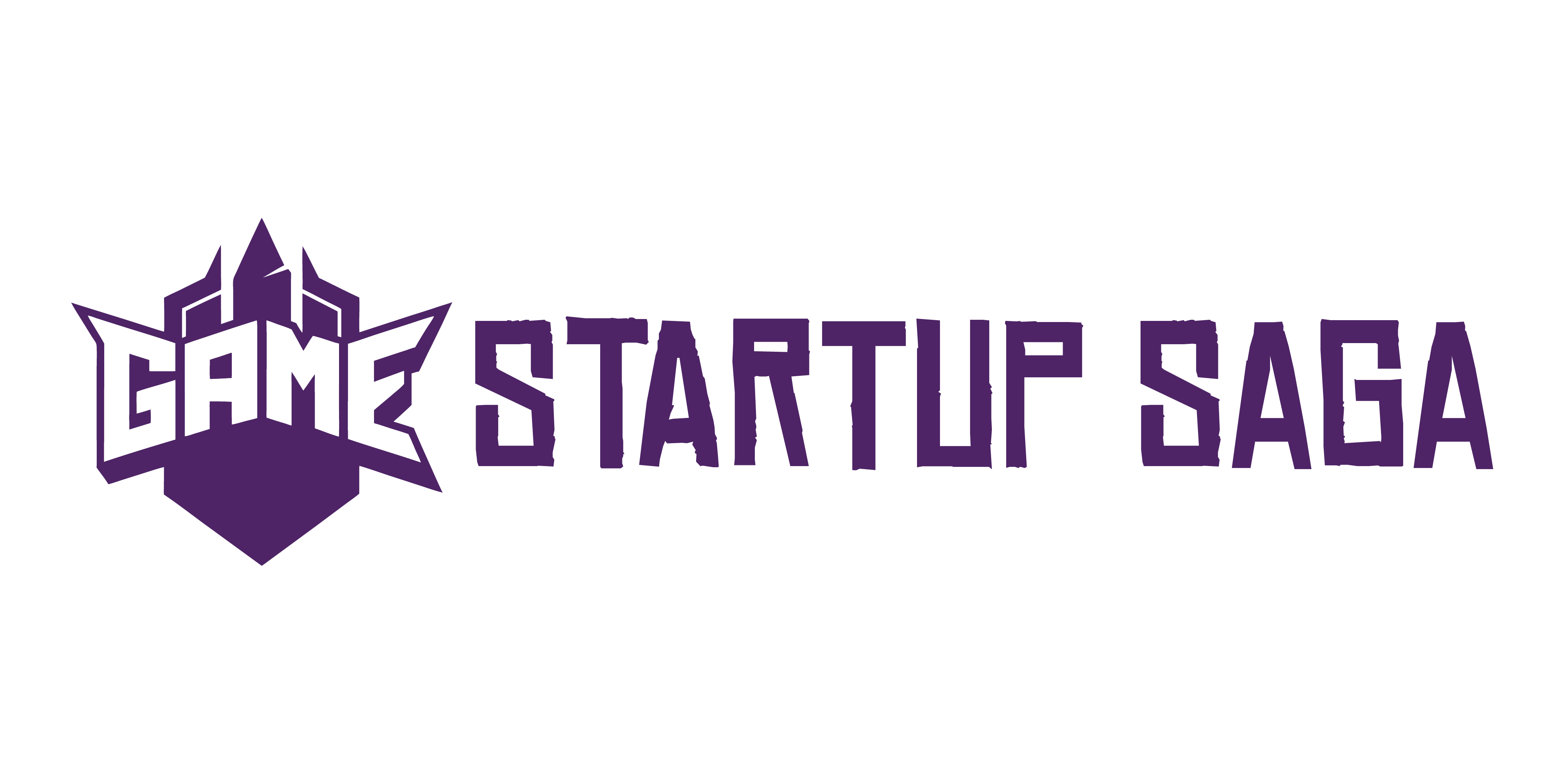Why Tech Innovation Keeps Redefining Gaming
The gaming industry isn’t just big—it’s in constant motion. Every few months, a new tool, theme, or gameplay innovation reshapes what developers can build and what players expect. Let’s look at why gaming can’t afford to stand still in 2024.
The Momentum Behind Innovation
Gaming has evolved from a niche hobby to a global industry topping hundreds of billions in revenue. With more players, platforms, and competition than ever before, innovation is not an option—it’s a priority.
- The global gaming market is projected to surpass $250 billion by 2024
- New platforms, engines, and hardware make frequent iteration essential
- Tech-savvy players reward studios that stay ahead of the curve
Speed of Change in the Industry
Trends in gaming move almost as fast as the technology driving them. What was cutting-edge two years ago may now feel outdated. This rapid evolution affects every aspect—from development pipelines to how games are distributed.
- Game engines (like Unreal Engine 5) get major upgrades every year
- Player expectations shift quickly due to exposure to global titles
- Studios are adapting workflows to keep up with market pace
What “Cutting-Edge” Means in 2024
Being on the frontier in 2024 means more than just adopting new tech—it’s about using innovation strategically.
- Cloud gaming isn’t experimental anymore—it’s a delivery expectation
- AI is now part of both the development and gameplay experience
- Immersive tech like XR is rethinking how games are played, not just how they look
In short, the definition of “cutting-edge” is expanding. It’s no longer just about graphics or raw computing power; it’s about creating responsive, connected, and immersive experiences that feel one step ahead of the audience.
Cloud Gaming: The End of Hardware Limitations?
Cloud gaming isn’t just a side bet anymore—it’s becoming a serious piece of the industry’s foundation. Services like Xbox Cloud Gaming and NVIDIA’s GeForce NOW are changing what gamers expect from a platform. Instant access. No downloads. Playable on basic hardware from phones to Chromebooks. That kind of frictionless experience is setting a new bar, and traditional hardware-heavy models are starting to look clunky by comparison.
For developers—especially indie teams—this opens a door they couldn’t crack before. Cloud platforms level the playing field by reducing hardware requirements, which extends reach to gamers who might not own a console or a high-end rig. Distribution becomes platform-agnostic. Your game runs anywhere the cloud can reach. That’s powerful.
But cloud gaming isn’t a clean win yet. Latency is still the elephant in the room, especially for competitive or reaction-heavy titles. Developers have to optimize differently, balancing fidelity with performance. Accessibility improves, sure, but the experience has to stay solid—no one wants a laggy session in a boss fight.
The fight for bandwidth is real, too. Your game doesn’t just compete for screen time, it competes for stable connections. That’s changing how developers think about patches, file size, compression, and even real-time asset delivery. Cloud gaming isn’t just about pushing pixels; it’s about delivering consistency over miles of invisible cables.
The bottom line: if you’re building games in 2024, the cloud has to be part of your plan. It’s not the future. It’s the current battlefield.
AI in Game Development and Gameplay
AI is bleeding into every corner of game design right now. NPCs are getting smarter—not just following canned dialogue trees, but reacting dynamically to players in real time. Think: enemies adapting to your combat style or allies that remember how you treated them an hour ago. Storytelling is shifting too. AI can tailor plot twists to match a player’s decisions, creating a sense of uniqueness without needing a writing team of hundreds. Add in adaptive difficulty systems that track player skill and adjust the challenge without making it obvious—and suddenly every gamer’s experience feels more personal.
Behind the scenes, it’s not just about what’s visible. Studios are using AI to generate concept art, fill out game worlds, or even draft lines of code. It streamlines production, sure, but there’s always the tradeoff: speed versus soul. Procedural trees don’t always have roots. Ask any dev worth their salt and they’ll tell you—AI can do the heavy lifting, but it’s the human touch that turns ideas into something people care about.
Still, AI’s upside is too big to ignore. From bug detection tools to automated testing, studios are freeing up teams to focus on creative direction instead of grunt work. The rising tide of AI doesn’t mean the people are getting pushed out. It means the tools are getting sharper. And like any tool, it’s about how you use it.
XR: Virtual Reality and Augmented Experiences
VR used to be bulky, expensive, and a bit of a party trick. Now, headsets are slimming down, prices are dropping, and the immersion is finally starting to match the hype. Meta’s Quest 3 and Sony’s PSVR2 set the tone—smaller form factors, less setup hassle, and just enough visual fidelity to keep players coming back. As hardware gets more accessible, XR (extended reality) isn’t just for the early adopters anymore. It’s edging into the mainstream.
Then there’s mixed reality—a mashup of physical and digital environments. The line between the two is blurring fast. Think headset-based games where your couch becomes a bunker or your living room floor triggers a boss battle. Titles like “Demeo” and “Pistol Whip Mixed Reality” aren’t just showing off; they’re using your real-world space to expand gameplay in clever, usable ways. This isn’t novelty—it’s evolution.
As for full XR adoption, we’re finally seeing integration beyond tech demos. Ubisoft’s “Assassin’s Creed Nexus VR” brings a marquee franchise into head-mounted, first-person immersion. Meanwhile, indie developers are leading the charge with creativity that outpaces budget. The result? More risk-taking, more experimentation, and a faster feedback loop from players. XR in 2024 isn’t a sideshow—it’s the next platform battle.
If you’re in the gaming world and not watching XR, you might already be behind.
Blockchain and NFTs: Hype or Real Utility?
The play-to-earn (P2E) boom was loud and short-lived. At its peak, titles like Axie Infinity promised players income and ownership, riding a wave of crypto optimism. Early adopters made money—some of them life-changing amounts. For a hot minute, it looked like blockchain might flip gaming on its head.
Then it crashed.
As token prices tanked and economies inflated, many of these ecosystems started to implode. Earnings dropped, player interest faded, and the sustainability of these games came under fire. Most P2E models turned out to be top-heavy, relying too much on continuous inflows of new players. Once that stopped, so did the rewards.
The backlash was swift. Gamers pushed back hard on NFT integrations. They didn’t want their hobby turned into a speculative marketplace. From Ubisoft’s Quartz to Square Enix’s blockchain musings, responses ranged from lukewarm to outright hostile. On the flip side, devs were chasing retention, ownership, and new revenue models—goals not inherently evil, but poorly communicated and often implemented without real player value.
So, is blockchain gaming dead? Not quite. The hype is down, but experimentation quietly continues. Studios are focusing on interoperability, digital asset ownership, and using blockchain tech under the hood—without slapping a token on every inventory slot. If blockchain finds a home in gaming, it’ll be subtle, utility-driven, and less about cash-outs.
For now, the market is cooling. Players want games, not finance tools. And if blockchain wants in, it needs to meet gamers where they are—not the other way around.
The New Face of Multiplayer
Cross-platform play isn’t just a feature anymore—it’s the expectation. Thanks to improved backend architecture, shared engines, and better account syncing, players can jump into the same match from PlayStation, Xbox, PC, or even mobile. That kind of seamless integration used to be a pipe dream; now it’s table stakes. The tech behind it—cloud-based servers, unified lobbies, and cross-save functionality—has matured to the point where barriers are mostly social or business-driven, not technical.
Meanwhile, procedural matchmaking and AI-driven moderation are pushing the experience further. Smarter algorithms don’t just match based on skill—they factor in behavior, history, even playstyle. Combined with machine learning models that filter out hate speech and flag trolls before they ruin a session, multiplayer games feel more inclusive and, frankly, less exhausting.
Then there’s the players themselves. Community-driven development—where devs take real feedback, tweak mechanics, and hand over some control via mod tools or public betas—is reshaping how trust is built. The best multiplayer games now update based not just on data, but on dialog: actual conversations happening on Discord, Reddit, and in live streams. That kind of relationship fosters loyalty, and loyalty is what keeps servers full long after launch day.
Pressures and Pitfalls of a Rapidly Evolving Industry
More advanced tech means cooler features, but it also means more things can break—and more ways to disappoint players. QA testing isn’t just about catching bugs anymore. It’s about verifying interactions between cloud systems, AI tools, player data, and device performance. The support teams? They’re not dealing with just “my game won’t load” but bug reports tied to streaming latency, lost NFT saves, or bot-driven harassment.
For indie developers, it’s a double-edged sword. The tools to create are more accessible than ever, but so are player expectations. Audiences now expect seamless multiplayer, zero-lag cloud access, lifelike NPCs, and post-launch roadmaps from solo developers. It’s a lot.
Innovation brings hype, but it also demands accountability. Push boundaries, sure—but if you crash player trust in the process, there’s no version 2.0. Keeping that trust requires transparency, sane launch strategies, and support systems that don’t leave players stuck.
This is the quiet cost of progress: more moving parts means more risk. Studios that thrive in 2024 are the ones treating stability as part of the player experience, not just a technical checkbox.
Looking Ahead
The next 12 to 24 months in gaming won’t be polite. Expect faster rollouts, tighter integration between platforms and services, and tech that pushes gameplay into new territory. Cloud infrastructure will get more serious, expanding reach and killing off hardware excuses for good. AI will keep evolving—not just in dev pipelines, but in actual gameplay moments that feel less scripted and more personal. Game worlds will react. NPCs will learn. That’s already started.
XR—more specifically, mixed reality—is something to keep a close eye on. It’s no longer a gimmick. With Apple, Meta, and Sony tightening their focus here, we’ll see more mainstream titles blur the line between real and virtual. The tech will quietly disappear into the experience, which is how you know it’s working.
Then there’s blockchain. It’s quiet now, but don’t write it off. Utility-based assets may still find a foothold, especially in strategy and ownership-driven titles. The smart teams are watching that space—not riding hype, just staying ready.
Above all, staying relevant in this space means staying adaptable. The players change. The tools change. Audiences want richer experiences but demand clarity and control. Studios, solo devs, even streamers—those who thrive will be the ones who don’t cling to what worked yesterday.
Want more insight? Check out our Monthly Recap: Major Developments in Gaming




